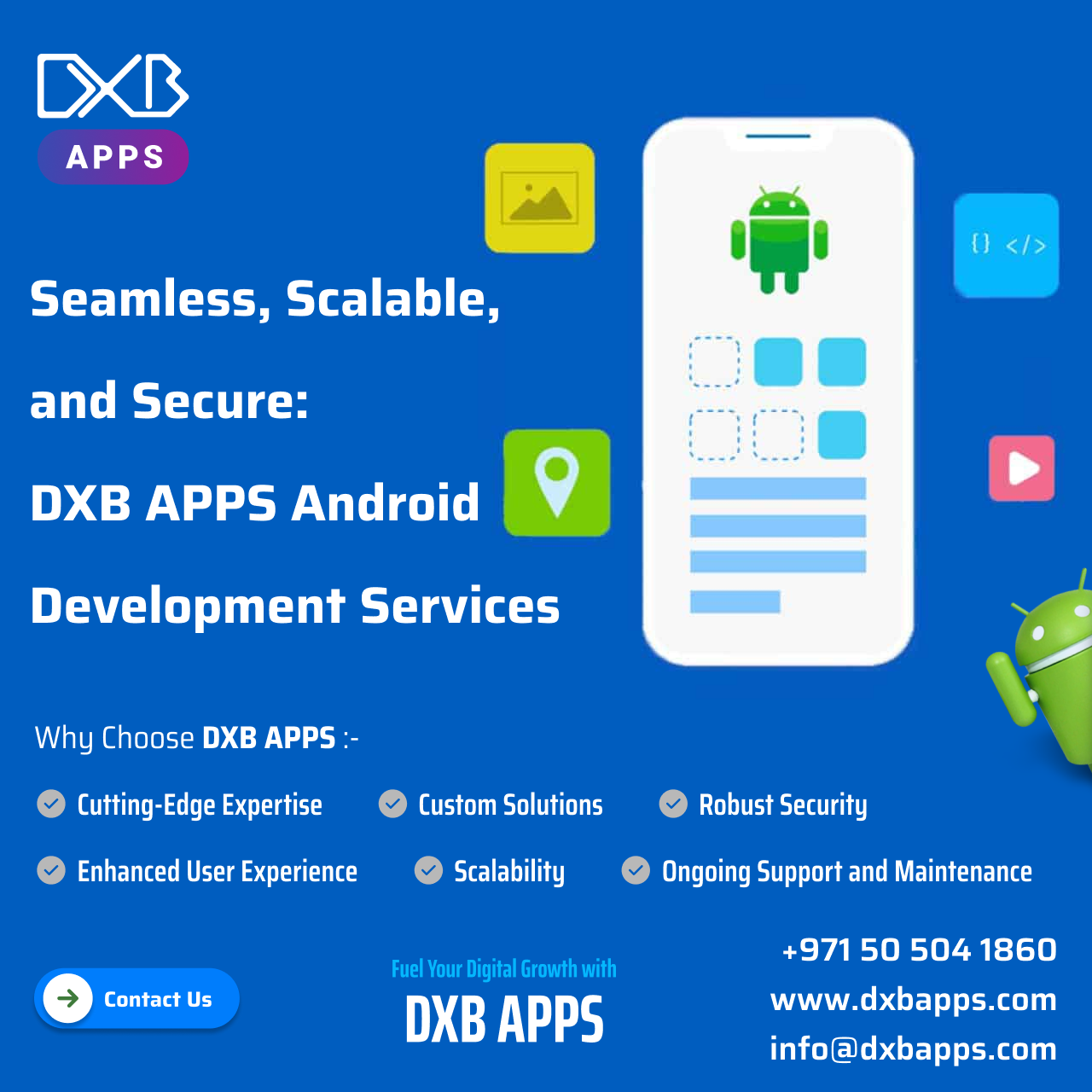Internal Staffing: It’s Easier Than You Think
In today’s rapidly evolving business environment, companies face an increasingly complex challenge — how to maintain a productive workforce while navigating fluctuating market demands, a shortage of staff, and technological disruptions. As businesses grow and shift toward digital transformation, internal staffing solutions have become critical to maintain operational efficiency and workforce agility.
This blog delves into the benefits of internal staffing solutions, explores the role of AI in staffing solutions, examines how companies can empower recruitment, and contrasts contract staffing and permanent workforce solutions. With the ongoing shortage of staff, these insights will help organizations rethink their workforce strategies and build resilience in their hiring processes.
What Are Internal Staffing Solutions?
Internal staffing solutions refer to the practice of sourcing, allocating, and managing talent from within an organization to meet current or future project demands. Instead of hiring externally, businesses utilize their existing talent pool to fill vacancies, bridge skill gaps, and support project needs.
This approach offers several advantages:
- Cost Efficiency: Saves time and money compared to external hiring.
- Faster Onboarding: Internal staff are already familiar with the company’s systems and culture.
- Employee Development: Encourages upskilling and career growth for current employees.
- Retention Boost: Internal mobility often leads to greater employee satisfaction and loyalty.
As companies face a growing shortage of staff, leveraging internal staffing solutions becomes not just a convenience, but a necessity.
The Growing Shortage of Staff: A Global Challenge
Across industries, companies are dealing with a persistent shortage of staff, which has worsened due to global events, skills mismatches, and demographic changes. Whether it’s healthcare, IT, retail, or manufacturing, the lack of skilled personnel is impacting productivity and service delivery.
Several factors contribute to this staff shortage:
- Aging Workforce: A large portion of the workforce is approaching retirement age.
- Skills Gap: Rapid technological advancements have outpaced the skillsets of many job seekers.
- Changing Work Preferences: More professionals are prioritizing flexibility, remote work, or freelance gigs over traditional employment.
In such a scenario, combining internal staffing solutions with agile strategies like contract staffing and permanent workforce solutions is crucial for staying competitive.
The Role of AI in Staffing Solutions
One of the most transformative trends in workforce management is the role of AI in staffing solution. Artificial intelligence is reshaping how companies attract, evaluate, and deploy talent.
Here’s how AI is empowering staffing operations:
1. AI-Powered Resume Screening
AI can automatically sift through thousands of resumes, identifying the best-fit candidates by analyzing keywords, qualifications, and job history. This significantly reduces time-to-hire.
2. Predictive Analytics
AI algorithms can predict future hiring needs based on project timelines, employee turnover, and business growth, allowing for better internal staffing solutions planning.
3. Chatbots and Automation
AI chatbots handle candidate communication, scheduling interviews, and answering FAQs, improving candidate engagement and freeing up recruiters for strategic tasks.
4. Bias Reduction
With properly designed algorithms, AI can help reduce unconscious bias in recruitment decisions, fostering a more diverse and inclusive workforce.
By embracing the role of AI in staffing solutions, organizations can not only empower recruitment but also navigate the shortage of staff more effectively.
Empower Recruitment Through Internal and External Synergy
To empower recruitment, businesses must integrate both internal and external staffing strategies. A holistic recruitment strategy leverages the strengths of internal mobility and complements them with external talent acquisition models.
Here’s how to strike the right balance:
- Identify Internal Talent Gaps: Conduct regular skills assessments to determine which roles can be filled internally.
- Use AI Tools: Deploy AI to map employee skillsets against job requirements for smarter internal placements.
- Build Talent Pools: Develop external candidate databases for roles that cannot be filled internally.
- Offer Career Pathways: Help employees visualize growth within the organization, boosting morale and reducing turnover.
A strategic blend of internal staffing solutions, contract staffing, and permanent workforce solutions enables businesses to remain agile and future-ready.
Contract Staffing: A Flexible Workforce Solution
Contract staffing is an increasingly popular model that allows companies to hire professionals on a temporary or project-based basis. This flexible solution is ideal for companies that need specialized skills for short durations or want to manage costs effectively during economic uncertainties.
Benefits of Contract Staffing:
- Scalability: Easily scale teams up or down based on project demands.
- Access to Niche Skills: Quickly onboard experts for specific technologies or roles.
- Cost-Effective: Reduces long-term employee-related expenses such as benefits and training.
- Reduced Hiring Risk: Companies can evaluate a contractor’s performance before considering permanent hiring.
In times of shortage of staff, contract staffing provides an immediate, targeted solution while minimizing operational disruption.
Permanent Workforce Solutions: Building Long-Term Capability
While contract staffing addresses short-term needs, permanent workforce solutions focus on building a stable, engaged, and skilled workforce for the long term. These solutions involve strategic hiring, onboarding, and employee development plans to support sustained business growth.
Advantages of Permanent Workforce Solutions:
- Stronger Company Culture: Permanent employees are more integrated into the company’s values and mission.
- Long-Term Investment: Enables deeper training and development for mission-critical roles.
- Retention and Loyalty: Permanent roles offer stability, which leads to increased retention.
- Leadership Development: Promotes internal career progression and succession planning.
Combining permanent workforce solutions with internal staffing solutions ensures business continuity and promotes a high-performance culture.
Internal Staffing Solutions vs. Contract Staffing vs. Permanent Hiring
| Feature | Internal Staffing Solutions | Contract Staffing | Permanent Workforce Solutions |
| Source of Talent | Existing Employees | External Contractors | External/New Hires |
| Cost Efficiency | High | Moderate | High Long-Term ROI |
| Speed to Deploy | Fast | Very Fast | Moderate |
| Ideal Use | Skill Gaps, Promotions | Short-term Projects, Niche Skills | Core Roles, Leadership |
| Risk Level | Low | Low to Moderate | Moderate |
A successful talent strategy often involves a mix of all three. Organizations that skillfully deploy these models, especially with the help of AI, are better equipped to tackle the shortage of staff and scale effectively.
The Future of Staffing: AI-Driven, People-Focused
Looking ahead, the future of staffing is AI-driven but deeply human-centric. Companies must continue to invest in tools that support smart recruitment while building a culture that values growth, inclusion, and agility.
Here’s what forward-thinking organizations are focusing on:
- AI Integration: Adopting AI to optimize hiring workflows and decision-making.
- Talent Mobility: Creating pathways for internal talent to move laterally or upward.
- Flexible Staffing Models: Balancing contract staffing, internal staffing, and permanent hiring.
- Employer Branding: Positioning themselves as desirable workplaces to overcome the shortage of staff.
Conclusion: Rethinking Workforce Strategy with Internal Staffing and AI
As industries continue to grapple with a global shortage of staff, organizations must rethink their staffing strategies. Internal staffing solutions offer a powerful way to unlock hidden talent, while the role of AI in staffing solutions provides tools to do so at scale and with precision.
By investing in a blended strategy that includes empower recruitment, contract staffing, and permanent workforce solutions, companies can future-proof their operations and thrive in competitive markets.
In this age of transformation, agility, empowerment, and smart technology are the keys to staffing success. Whether you’re addressing immediate talent gaps or building long-term workforce capability, now is the time to leverage internal resources and AI to empower recruitment and overcome the shortage of staff challenge.













